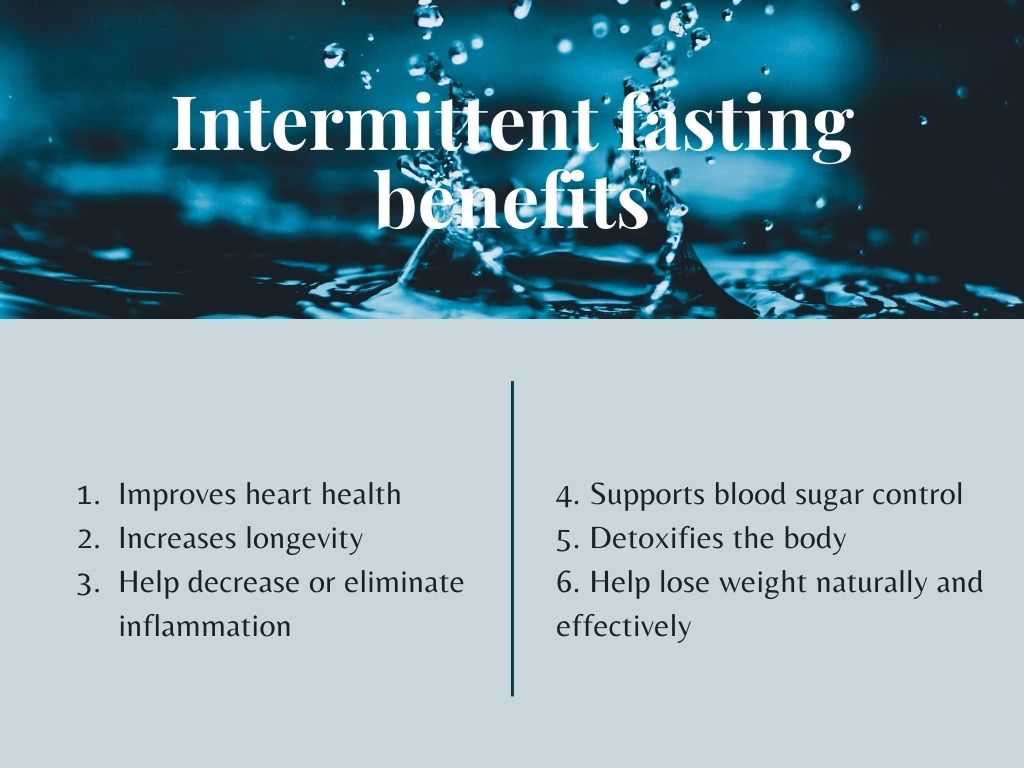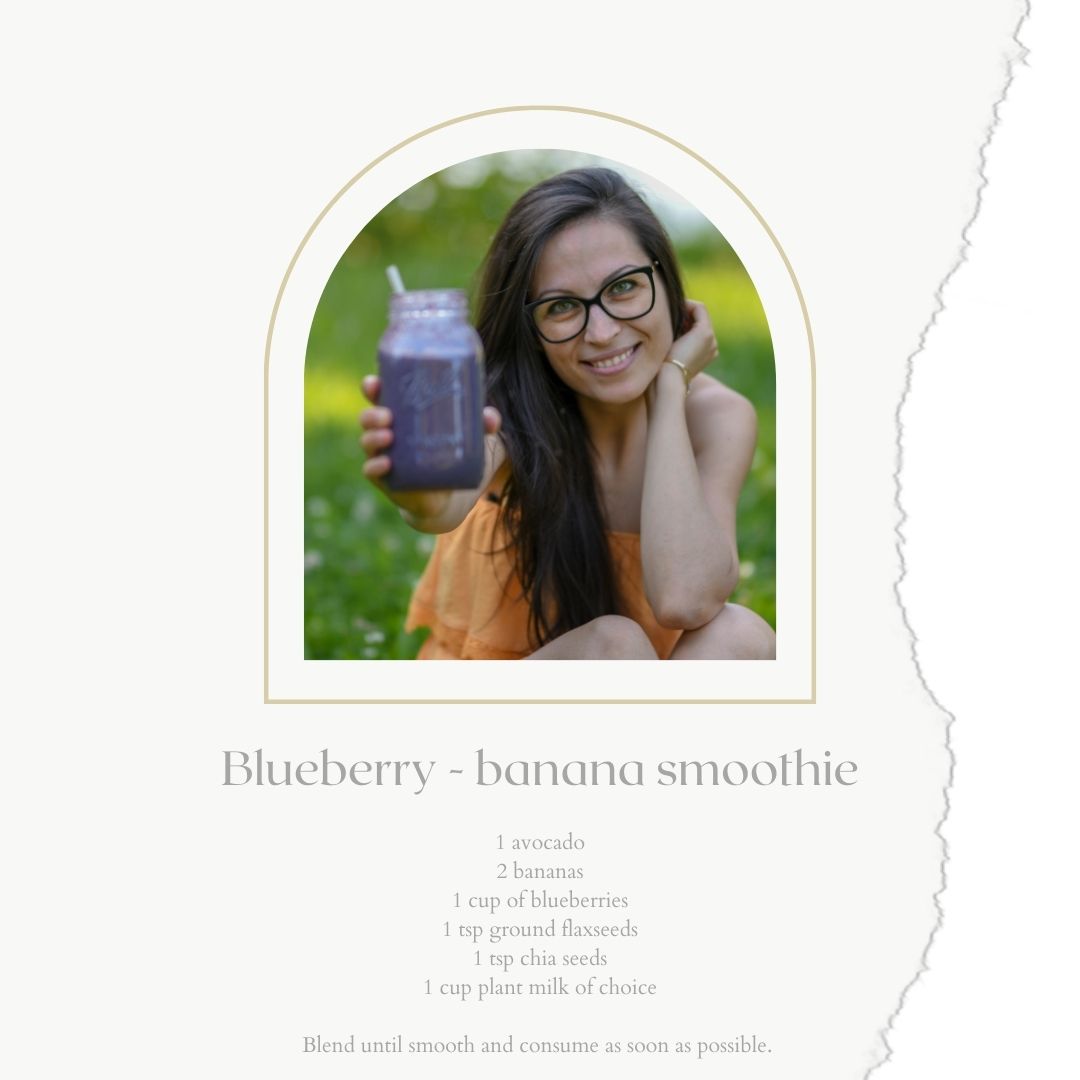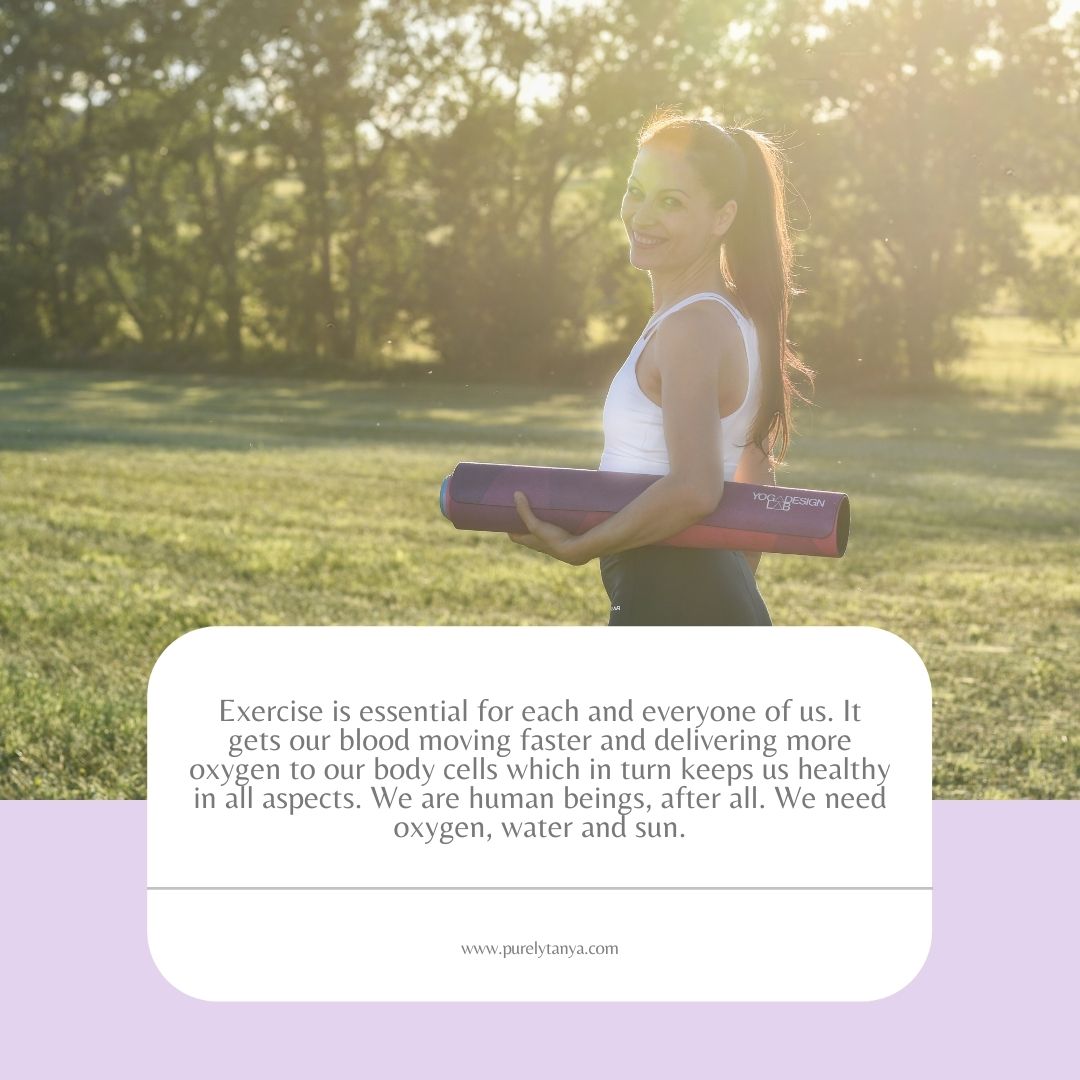This article was inspired by all beautiful souls out there who are looking for a quick and best solution to lose weight. I see the struggle and sometimes even desperation that nothing works when it doesn’t have to be that hard! Please, stay open to new information and let’s dive a little bit deeper into one of the biggest issues humanity faces today – being overweight or obese.
At the beginning, let’s determine if you are overweight, obese or have ideal weight. It will take you only a couple of minutes.
Have you heard about BMI?
BMI is the abbreviation of Body Mass Index which is used to categorize whether a person is underweight, normal weight, overweight, or obese. Here you can calculate your BMI. I will list the description of each BMI level below.
- Lower than 16.5 – Severe malnutrition
- 16.5 – 18.5 – Underweight
- 18.5 – 25 – Ideal (healthy) weight
- 25 – 30 – Slight overweight
- 30 – 35 – Moderate overweight (Class 1 (low-risk) obesity)
- 35 – 40 – Higher overweight (Class 2 (moderate-risk) obesity)
- Higher than 40 – Very high overweight (Class 3 (high-risk) obesity)
If your BMI is less than 18.5 you should try to gain physical, especially muscle mass. I recommend enough quality food on a daily basis. In your case, foods rich in healthy fats, with a balanced content of carbohydrates and proteins will help.
If your BMI is between 18.5 and 25, then your weight is ideal and healthy! Nevertheless, I recommend plenty of exercise and a diet of healthy foods. You can opt for superfood smoothies, which will replace the food when you can’t catch up and supply all the necessary nutrients. Always look for nutrients and don’t count calories.
In case your BMI is between 25 and 30, you might be a little overweight. That is a state where you weigh more than you should. This can have some limitations for you, as well as some risk of health complications which start to appear when the body weight increases.
BMI between 30 and 40. If your BMI results fall into this category, you should know that this is already obesity. There is a significant increase in the risk associated with human health. Literally, even this stage of obesity can be a threat to you and it’s time to start looking for natural ways to decrease your weight.
BMI higher than 40 is a label for severe obesity and it’s a condition that has to be discussed with an expert who will recommend appropriate procedures, associated with weight reduction. The health risks are even higher at this level of BMI so no time to lose. Take action now.

Diets Do Not Work
No monthly weight-loss diet that limits you will ever help you gain sustainable results, no matter how many miracles it promises. As a health professional, I encourage you to dig deeper into every “diet” that might sound appealing to you. Even the idea to restrict yourself and be “on a diet” already feels discouraging.
If a diet puts you on restrictions, it can’t be good for your overall health. When a diet promises great results within a certain period of time, think twice what will happen once you get off that diet. If a certain way of eating makes you entirely quit any essential food group, read further what the consequences might be.
Trust your body, it does talk to you! Often, the reason for gaining weight and the difficulties of losing it takes us to a deeper problem, something that the client has never thought of, something that usually seems normal in the everyday life but in fact, causes weight gain and discomfort. In general, it takes months to reveal the issue and accept it, which then brings the opportunity to work on it and see amazing results in another couple of months. It sounds like a lot of time? Trust me, health is worth it! Working with your own body, understanding its needs, translating its messages – this is precious and will leave you with the abilities to create a longer and happier life! For a few months of work! That one sounds great, doesn’t it?
Remember: There is NO monthly diet that will provide your body with sustainable and long-lasting miracles. If you want to have a better body, better health, and a better life, you need to implement the right changes and create a lifestyle that will align with them.
I often see women asking other women for a weight-loss diet and the most frequent given response is “Reduce the calorie intake to half and you’ll lose the weight.” That is so wrong! I leave a brief explanation why:
Hunger is a biological drive. Telling someone to eat less is like telling someone to breath less. Maybe it can be helpful for a while but how long can you survive without enough fuel on a cellular level? I like to always think of the results on a deeper level and not only about the appearance, look and other people’s opinion about my weight. Is this calorie restriction going to make me feel good in 6 months? If I limit my brain from its essential fuel, isn’t that going to be worse than, me, having a few kilos more? We should not exclude carbs neither fat if we want to maintain overall health. Maybe we should focus more on balance.
There are a few simple things you can do to lose weight. Not only they can be done by anyone but the “side effects” will be healthful. It’s a selection of tips to lose weight with proper nutrition and lifestyle actions, rather than focusing on weight loss over nutrition. Do not hesitate to contact me if you have any questions! I will be happy to help you.
Tip Number 1: Intermittent fasting
There is a reason why this is the tip number one I present you. Scientists have already managed to prove that intermittent fasting does really help with weight-loss and overall health. Intermittent fasting is a pattern that a lot of people who want to lose weight use. Unlikely most diets, this way of eating does not limit your food choices. All that matters is when you eat.
The most popular and effective type of intermittent fasting is 8/16 which means that we are allowed to consume our food in an 8-hour window and have only water during the other 16 hours. Every day. If you do it for a month, you will get used to it and won’t even notice that it’s 10 am and all you had today was water.
When you fast intermittently, your body starts burning the fat from your tissues because there is no food entering the stomach for 16 hours. Usually, the breakfast happens around 11 am when the night before we had dinner at 7. That makes 16 hours of fast when the body detoxifies and repairs. The cells divide slower which impacts the ageing process too. Here are some more health benefits that intermittent fasting may provide:

Tip Number 2: Water
This is one of the things that everybody tries to do when on a diet or simply want to lose some weight. But there is one tiny detail – you need more than 2 glasses a day! ☆
I’ve had cases when I ask the person what is his daily water intake and the answer is one glass. One glass!? Then, when the water intake should be increased, the glasses become two. It won’t help.
I know some people dislike pure water, therefore we should increase the intake very slowly. I advice you to start drinking 2 glasses of pure clean water per day if your starting point was 1 glass of water per day. Drink 2 glasses per day for a week. Notice how your body feels. Don’t change pure water with tea, coffee or other beverages. Try to add a few drops of lemon juice into your water if you want it to taste better. Once your body gets used having 2 glasses per day, add the third one. It usually takes approximately 2 weeks. Proceed until you reach a minimum of 2 litres of pure water per day.
I personally love drinking water. A lot! 🙂 And I thought I was getting enough of it. Until one summer day I decided to calculate my water intake. It was 1.2 l per day. At the beginning I felt shocked, how was that possible? My next action was to download an app and monitor my water intake every single day. Within a month I increased the amount of water by 2 l, then 2.5 l and now I like to have 3 l of pure water per day. Additionally, I start my day with fruits, smoothie or 1l of freshly prepared juice. However, I calculate only the pure water I’ve had because our body cells simply need clean water every hour.
Having more water per day helps flush out toxins, heavy metals and other damaging stuff we consume or inhale during the day. Plus, it gives you the feeling of satiation and reduces the overall calorie intake.
Tip Number 3: One smoothie a day
This is one of the best things you can do for yourself. Exchange one of your daily meals with a nutritious smoothie. The easiest way to go is to have it for breakfast. It’s easy to make, easy to carry to the office, can be stored in a jar and will give your body nutrients so it can properly feed your cells. And the best of all – will significantly decrease the risk of having something unhealthy first thing in the morning. ☆
A nutritious smoothie contains 2 to 3 types of fruit, healthy fats and superfoods. Here is one example:

This smoothie will keep you full for at least 2 hours and if you still have time until lunch, take a handful of raw nuts instead of a processed snack.
Tip Number 4: Get support
We live in times when obesity and overweight became something “normal” and lean people are seen as “skinny”. Even though internet is full of tips and tricks for losing weight, some of them don’t bring long-lasting results and some of them are not even healthy.
If you can afford spending 2 hours a month talking with a specialist and if you are ready to take actions into the right direction, maybe consider contacting a health coach who knows how to support you and guide you with useful ideas and healthy sources for permanent weight-loss.
Health coaching becomes more and more popular in the developed countries and it makes people see that healing can happen with less or no toxic medication, naturally and healthfully.
Tip Number 5: No artificial sugar
Eating sugar prevents healing because sugar creates inflammation. And inflammation causes diseases. It causes weight-gain too. Quitting sugar effectively means quitting processed foods. 80% to 90% of the processed foods contain added sugar. When you quit the processed foods you will be left with real food. It will take time to clean up your taste buds and start feeling the real delicious taste of a simple carrot, but it’s worth it. The approximate time for this to happen is after about 6 weeks of no sugar. The key to success with quitting sugar is to actually bring in more fruits and sweet veggies. Imagine if you had 5 apples for breakfast – I believe you wouldn’t like to have a donut after. ♡
How do we actually gain weight?
All begins when sugar spikes your fat-storing hormone insulin. Remember – every processed carbohydrate, including whole-grain wheat bread, turns into sugar in your blood. Then, a vicious cycle that includes hunger, cravings and overeating ensues. Insulin then drives all available fuel in your bloodstream into your fat cells, especially those around the middle of your body that we call belly fat. This stimulates your brain to make you eat more.
We shouldn’t stay away from fat and fruits but from processed sugar. Here you can read more about why.
Tip Number 6: Get moving
Regular moving leads to overall health. However, I don’t recommend that you start visiting a gym, getting a personal trainer and paying for weight-loss gym programs right away. There is some work to be done before that could be even considered.
By get moving for losing weight I suggest that you incorporate a regular walking every single day. Try to spend at least 1 hour of walking outside, mindfully and intentionally. If you feel comfortable adding on some more movement, yoga and running are next on the list. Consistency is more beneficial than a hard workout at the gym once a week. One hour walking or 1 hour yoga per day will give you results and then, when you already have done some work on the nutrition part, it could be time to start moving even more – swimming, running, cycling, tennis…

Tip Number 7: Keep a food journal
This is one of the tools I learnt to use during my education in the Institute for Integrative Nutrition, USA. It’s the same like my case with the water that I mentioned above – you have an idea of how much you ate today, you may think it was enough or was more than you should have eaten but facts show that in most cases, people are wrong.
When you write down every single food you ate and every single liquid you drank today, then repeat it for a few more days and finally evaluate the data – we can almost always see that something is missing or something should be avoided. For example, I often notice that people miss on fruit and have raw fruit once or twice a week, which is an opportunity to improve. Also, some of us tend to avoid bread but don’t actually realise that salty sticks, crackers or tortillas behave the same way in our blood like a normal bread. Not to mention that in general, we tend to reach for processed and salty nuts instead of raw ones.
Food journal or also called food diary is one of the tools I use in my health coaching practice. I’ve done it for myself too. To fill in the food diary takes approximately 5-7 minutes when you do it every evening before bed. It’s quick and effective.
You don’t have to start with all 7 tips at the same time. Give yourself the chance to experience the benefits of each tip and learn how to properly apply them for your body and your lifestyle. Losing weight needs time and support. You are welcome to email me at welcome@purelytanya.com if you have any questions about my 6-Month Weight-Loss Program. I will be happy to guide you on your health journey.
Warmly,
Tanya
